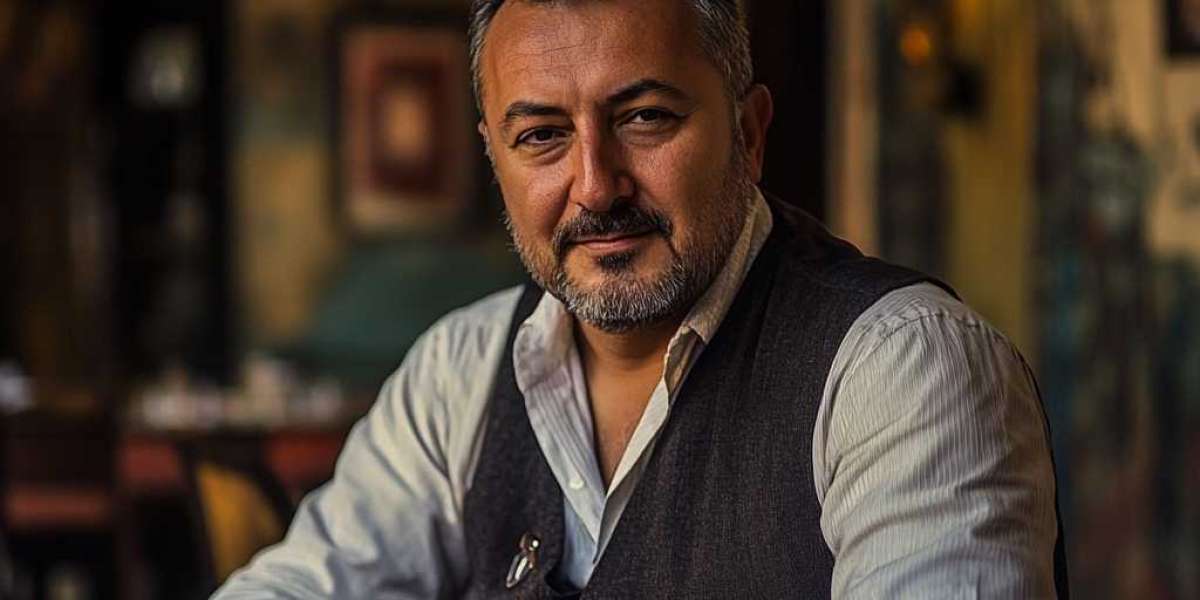You think you know what it’s going to feel like. The plane goes up, the door opens, you jump, and gravity takes over. Simple, right?
Not even close.
Skydiving for the first time isn’t just about the fall. It’s about everything leading up to it—the nerves, the noise in your head, the silence in your gut—and then, suddenly, it’s about something else entirely. A kind of peace you didn’t expect. And trust plays a bigger role in that shift than most people realize.
Let’s walk through what really happens when you make that first jump—and why the people guiding you matter just as much as the jump itself.
The Build-Up: Before You Leave the Ground
Long before you step onto the plane, your mind is already busy. You may feel excited when you book the jump. But as the day gets closer—and then the hour, and then the minute—you feel it. Doubt creeps in. Your hands get a little cold. You start running through all the reasons not to go.
When you arrive at the drop zone, the first thing that can calm that storm is how you’re received. You don’t want big speeches or phony hype. You want clarity. You want someone to look you in the eye and say, “You’re going to be okay. And here’s how this works.”
That’s the difference a good instructor makes early on. They don’t just prep your harness and explain freefall dynamics. They actually read the room. They know when to joke, when to explain, and when to just give you space.
This part matters. Because what you carry onto that plane—mentally—is often heavier than the gear on your back.
13,000 Feet: The Shift From Control to Trust
The plane is loud, cramped, and colder than most expect. You’re shoulder to shoulder with people, but your brain feels miles away. The instructor clips your harness to theirs. You know this person now—you’ve listened to them, trusted them to get you ready. But here, at the edge of everything, you’re not totally sure you’re ready.
Then, the door opens.
The air rushes in hard and fast. People ahead of you start disappearing out the door, one pair after another. When it’s your turn, it’s not heroic. You’re not launching yourself into the void. You’re letting go. Because you have no choice.
And weirdly enough, that’s the first moment things start to feel better.
The Fall Isn’t What You Expect
Movies get this part wrong all the time. There’s no sharp drop in your stomach. No spinning or flipping out of control. You don’t even really feel like you’re falling.
What happens is this: the wind hits like a wall, but the world around you opens up in a way that’s hard to describe. You're not diving down—you’re floating in something loud and endless, and yet your thoughts slow down.
You take in more than you thought you could: the horizon, the ground far below, maybe even the glint of buildings downtown. In the Dallas Fort Worth area, you can spot the layout of the city, the stretch of green, and towers in the distance, all from an angle you’ve never seen before.
For about 60 seconds, it’s not about fear anymore. It’s something closer to awe.
And then, the parachute opens.
Why the Instructor Matters More Than You Think
Here’s the truth: a skydive is only partly about the jump. The other part—the bigger part—is about who’s jumping with you.
First-time skydivers aren’t skydiving alone. You’re harnessed to someone else. Someone who’s done this hundreds, sometimes thousands of times. The job isn’t just to pull the chute and land safely. It’s to read you—before, during, and after the fall.
The instructor watches your body language. They notice if your hands are shaking or your breath shortens. They help you feel seen, not just managed. They know how to break the tension with a word or a quick story, or when to just say, “You’re good. I’ve got you.”
That kind of steady presence changes everything.
If you’re looking for a place that focuses on first-time jumpers, try skydiving near me. The team there is trained not just to jump—but to walk people through their first big fear with calm and care.
After You Land: What Actually Stays With You
The landing is smooth. Your feet touch the ground. You might laugh. You might tear up. You might want to go again immediately—or sit down for ten minutes and just breathe.
What stays with you isn’t just the adrenaline. It’s the shift in your own voice. The one in your head that doubted if you could do this is a little quieter now.
You jumped. You trusted someone else to guide you through it. And it worked.
That sense of proof—of personal ability—shows up in places you don’t expect, even weeks later. Skydiving doesn’t turn you into a superhero. But it does remind you that fear is flexible. That it doesn’t have to call the shots.
Final Thought: It’s Not About the Fall
The first time you skydive, you don’t remember every detail. But you do remember who made it feel possible.
The plane, the height, the freefall—that’s all part of it. But the people beside you? That’s what makes the difference between a terrifying moment and a turning point.
Skydiving isn’t about escaping the ground. It’s about returning to it with a little more confidence than you left with. And the right team helps you bring that back with you.





